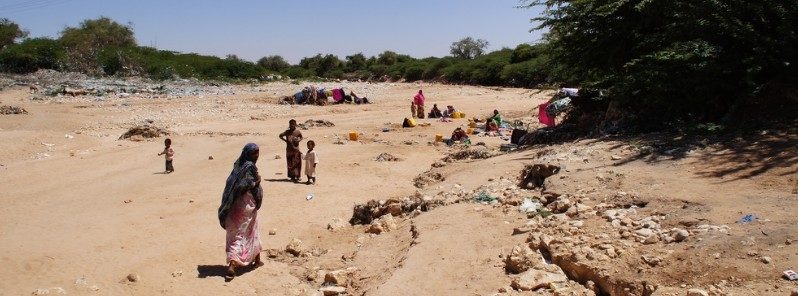
© FMSC
110 people have died from hunger in the past 48 hours in just one region of Somalia as severe drought gripped the country, causing hunger crisis. The death toll was announced by prime minister Hassan Ali Khaire today and it comes from the Bay region in the southwest part of the country alone.
Humanitarian agencies report worrying similarities to the 2011 famine, in which nearly 260 000 Somalis lost their lives. Somali elders say they have never seen drought as severe as this one.On Tuesday, February 28, 2017, just a week after his inauguration, President Mohamed Abdullahi Farmajo has declared the drought a national disaster. The declaration comes amid an ongoing war with al-Shabab and is expected to be a trial for all those involved in Somalia's struggles. It will test the international community's response, the government's ability to assist, and the strength of security provided by the African Union forces,
Al Jazeera explains.
In the far north of Somalia, three years with little rain has had increasingly disastrous effects for a population reliant on the land. The parched earth has failed to produce food for the camels and goats that the people depend on for their income, meat, and milk for their children.
Critical health services are needed for 1.5 million people currently affected by drought conditions and a worsening food crisis, according to the
WHO.
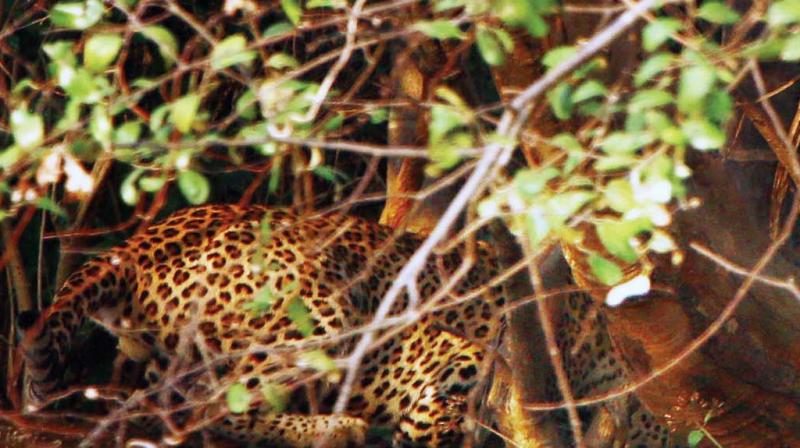
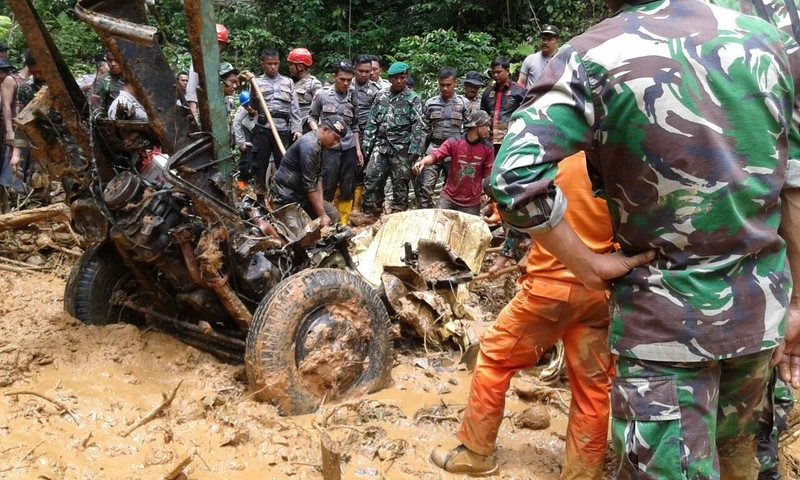
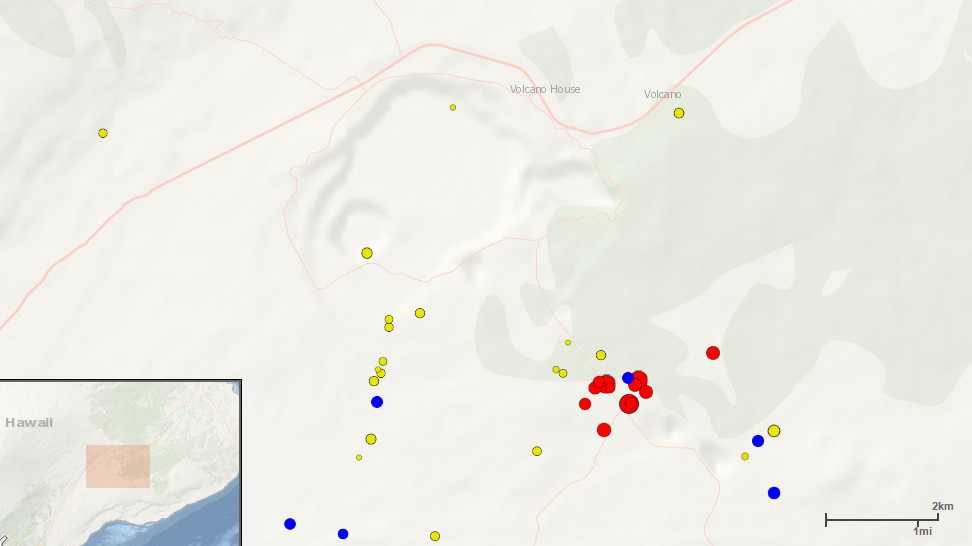
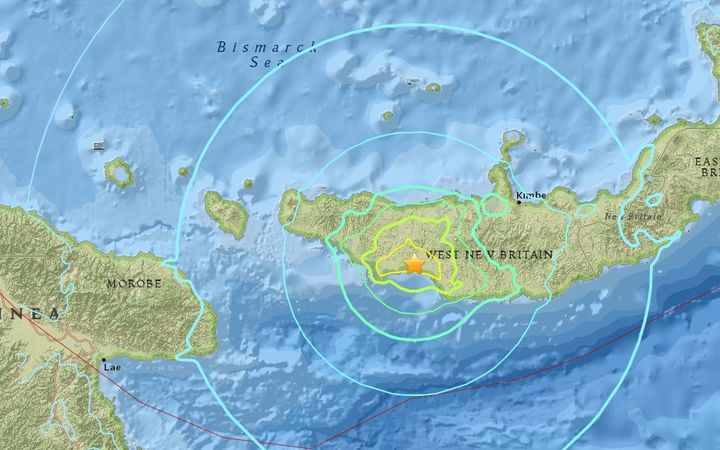


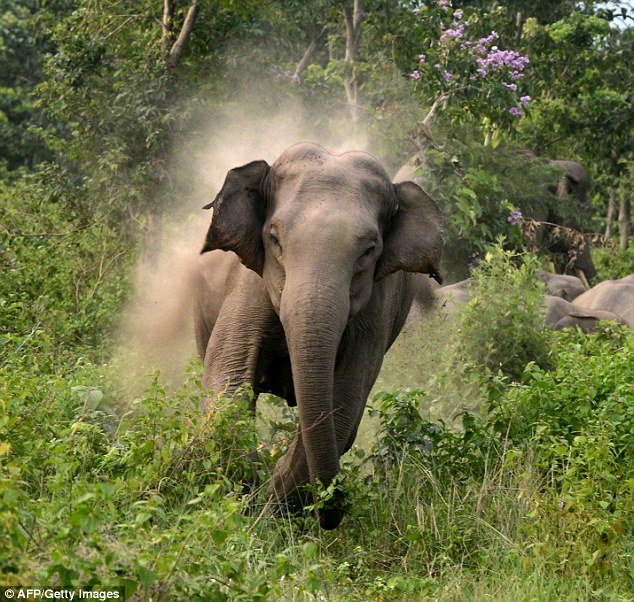

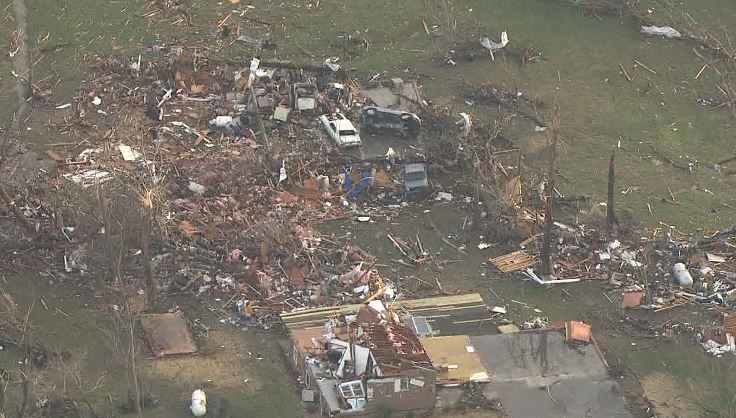
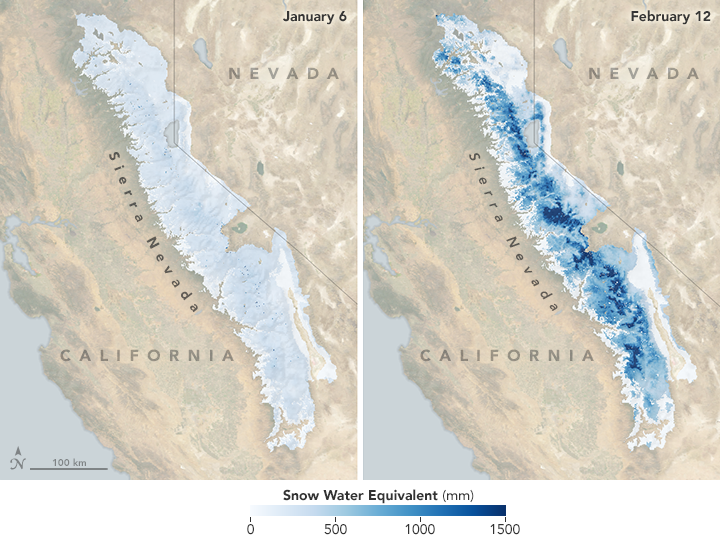



Comment: There has been increased activity at Hawaii's Kilauea volcano in recent months: